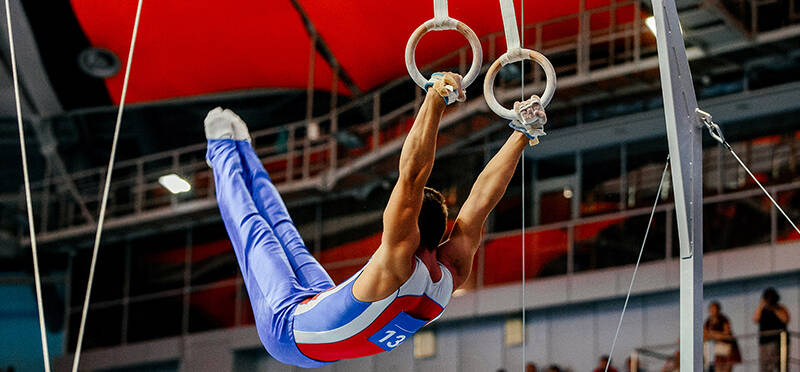Top Areas to Foam Roll for Gymnasts
Posted on June 15, 2022 by Tara Hackney, PT, DPT, OCS, KTTP
Warm-up and recovery are important parts of a workout routine that often get overlooked. A dynamic warm-up prepares the body...
(more…)











